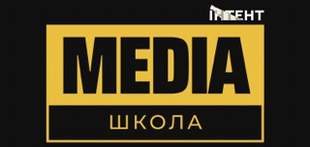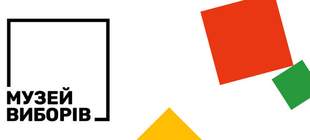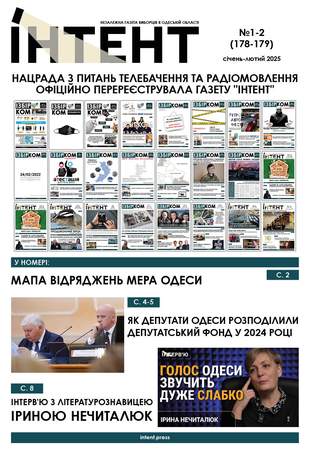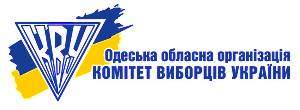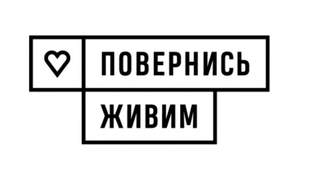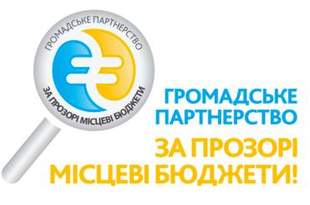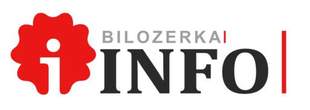Меню
Social networks
April 25, 2025, 8:28 a.m.
Tyahyn Fortress Virtual Museum Preserves Southern Ukraine
Цей матеріал також доступний українською103
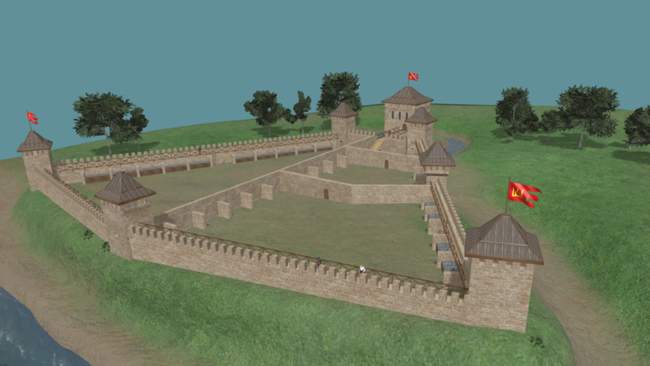
Graphic reconstruction of the fortress. Photo courtesy of the interviewee
The Tyahyn Fortress is a monument that refutes Russian narratives and reveals the history of southern Ukraine in a new light. These territories flourished until they were occupied by the Russian Empire. Together with the team, Int'l's interlocutor has been working for several years to make sure that as many people as possible know the truth. They did not stop this activity even during the full-scale war - they created a virtual museum "Tyahyn Fortress". Read the continuation of the exclusive interview with Natalia Bimbirayte, director of the IRC Legal Space and chairman of the board of the Ukraine-Lithuania Cultural Center.
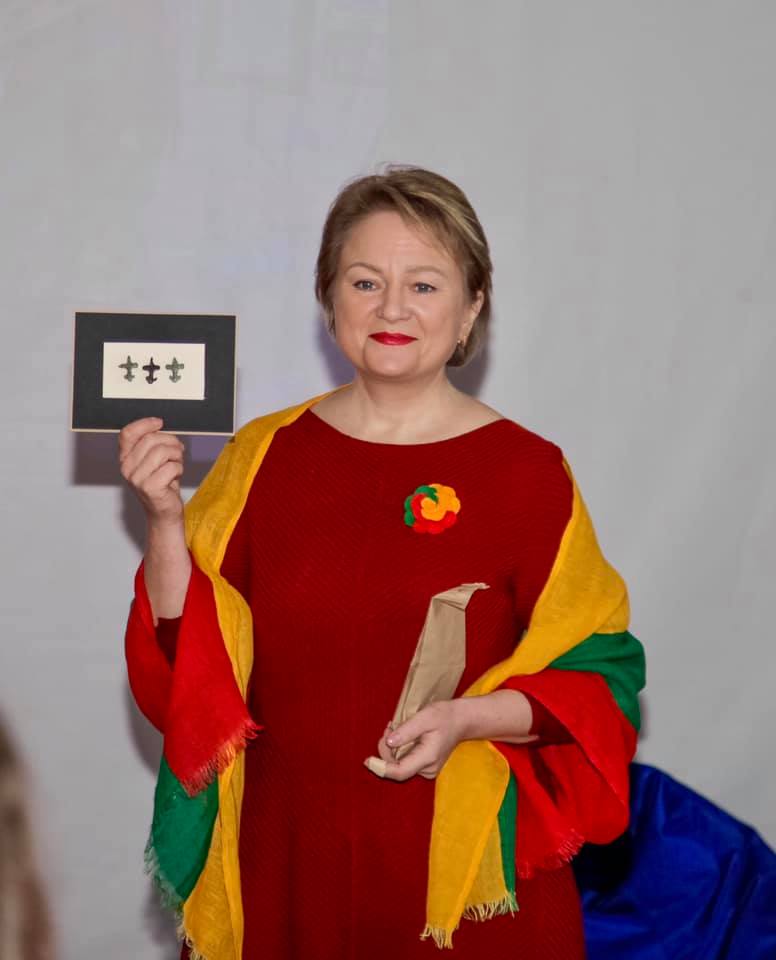
Natalia Bimbirayte
What happened to the fortress of Tyahyn after the full-scale invasion?
The Tyahyn community was under occupation for 8.5 months. This time was not enough for the Russians to conduct their archaeological excavations and take something from there. How do expeditions work? First, there is planning, and then, when the season starts, we dig, record, describe, and then preserve. That is, nothing is left on the surface. In 2018, we began to lay out the perimeters of the fortress from the stones we found for the future museum. But it was the authentic medieval remains that remained underground.
Geographically, the Tyahyn fortress is located on the territory of the Tyahyn community in the Kherson region. After the de-occupation of the right bank of the region, the Russian military has been shelling the coastal settlements of the community almost daily with all kinds of weapons. As a result, unfortunately, the village of Tyahynka has been almost destroyed.
As for the "big water" when the Kakhovka dam was blown up, the settlement was partially submerged. But the fortress itself was practically unharmed. Because it is located on a hill, about eight meters above the level of the Dnipro. Currently, it is impossible to get there and see what is happening to the monument because of the security situation.
So it's likely that the monument has been preserved?
We think so. Because at the time of our excavations in 2016-2021, the fortress was no longer on the surface. Its remains were exclusively underground. And this is a plus, so to speak. Despite the shelling, the monument should be preserved.
Of course, there may be damage from shell hits, craters, and dug trenches. But we continue to dream and believe that we will be able to make the fortress accessible to tourists around the perimeter and inside.
It will not be difficult to open the explored areas of the fortress. We have all the drawings, we know where the excavations took place. So it will be possible to quickly turn the ground there and make an open-air museum. Other parts that have not yet been explored by archaeologists, we will continue to dig carefully. The Tyahyn Fortress still contains many secrets that make sense to reveal to the world. In the meantime, the most valuable thing in the current conditions is what we have managed to do in previous years: to discover and process.
Can the results of the team's work be seen in the virtual museum that was created during the full-scale war?
Yes. We are moving, we do not stand still even during a full-scale war. Because we are convinced that it is important not only to research and preserve cultural heritage, but also to popularize it and involve as many people as possible. That is why we tell and show the Tyahyn fortress both within Ukraine and abroad using various forms.
In 2018, we had a dream to create a 3D model of the fortress. That is, a graphic reconstruction so that anyone could see what it looked like. And in 2022, we realized the need to digitize the collection of artifacts and the importance of this process.
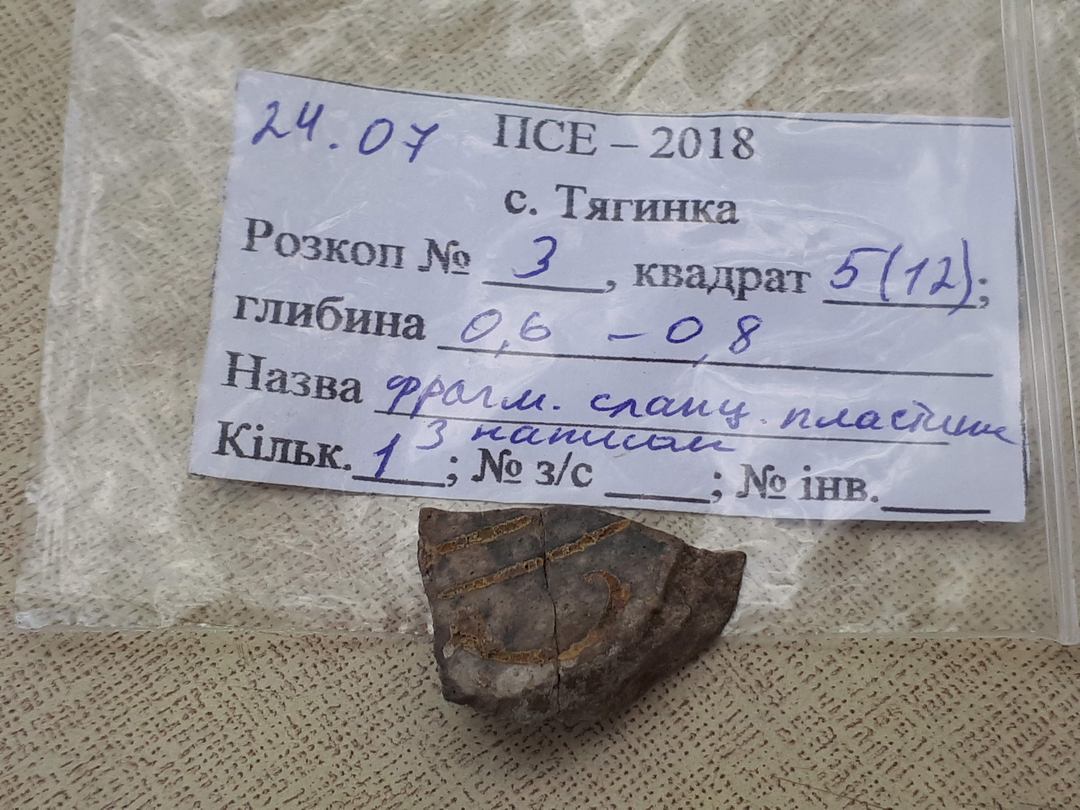
Photos from the 2108 excavations
First of all, many museums are destroyed or partially damaged as a result of shelling. And if something from our cultural heritage is destroyed, it will remain in digital format. This way, history will be preserved for future generations and will not be lost without a trace.
Secondly, history should be accessible and interestingly presented to anyone who is interested in it. Since many exhibits are usually kept in collections and are rarely exhibited, and now even less so, this method is a universal solution.
So the idea of creating a virtual museum was formed gradually. We were constantly looking for ways to realize our plan, and in 2024 we finally found funding.
What is a virtual museum?
First of all, it is a graphic reconstruction of the fortress and a 3D model that can be rotated and viewed from all sides. This is a full-fledged image that was developed on the basis of many data (archaeological, topographic, geodetic, bathymetric, aerial photography) obtained by scientists and participants of the archaeological expeditions of Viktor Hoshkevych (1914) and the Southern Medieval Expedition of the Institute of Archaeology of the National Academy of Sciences of Ukraine (2016-2021), headed by a well-known Ukrainian archaeologist, Doctor of Historical Sciences Svitlana Bilyaeva. Under the scientific guidance of Ms. Bilyaeva, a virtual museum was created(here- ed.).
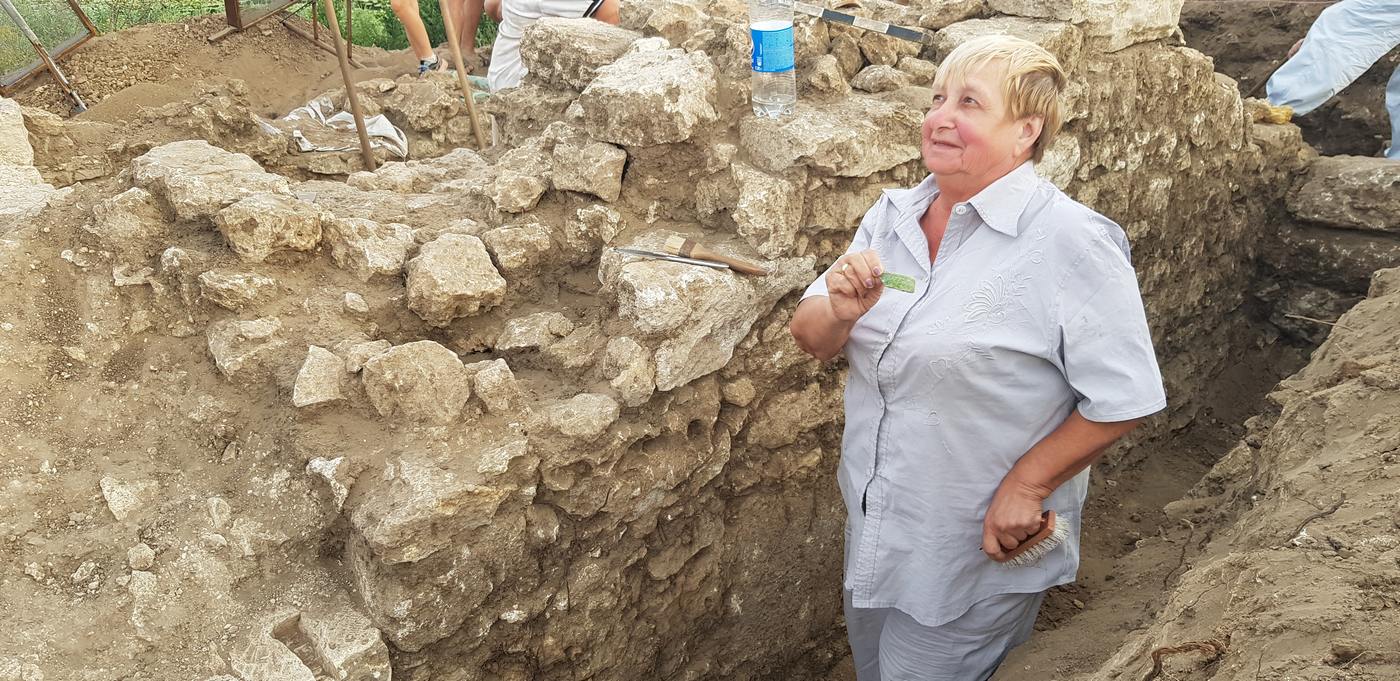
Svitlana Bilyaeva
"We also have about 100 digitized artifacts, which are presented in the form of high-quality photographs with descriptions, some in 3D format. The collection is divided into six sections, for example, tools, costume details and jewelry, household items, weapons, etc. We are grateful to the staff of the Archaeological Museum of the Institute of Archaeology of the National Academy of Sciences of Ukraine and the Kherson Regional Museum of Local Lore for their cooperation in the digitalization of the collection.
You can also read about each year of the expedition and the main results in different "tabs". They are necessarily supplemented with photos. Separately, we have uploaded our two monographs, which can be downloaded by anyone, and provided information about the Tyahyn fortress, the chronology of research on the monument, and the source base (it continues to be formed). The virtual museum was created in two languages: Ukrainian and English.

Part of the collection
We have been working on the project and its promotion for almost a year. And it would not have been possible without the support of our main partners: NGO "IRC "Legal Space", Institute of Archeology of the National Academy of Sciences of Ukraine, NGO "Cultural Center Ukraine-Lithuania", NGO "Center for Cultural Development "Totem", "Novokakhovka Society for the Protection of Cultural Heritage", Association "Ukrainian Peacekeeping School", NGO "Aid for Southern Ukraine (AID for Southern Ukraine)" (Lithuania). And also the "people of Tyahynya" - our volunteers and patrons.
Many museums and galleries in the Kherson region suffered during the occupation. How did you manage to preserve the collection from Tyahynya?
It's a miracle. On February 16, 2022, we opened an exhibition in Kyiv dedicated to Tyahynya. So the day before, the most valuable artifacts from the excavations were transferred to the Archaeological Museum of the Institute of Archaeology of the National Academy of Sciences for exhibition. This is about 100 finds. Before that, they were stored in the Kherson Regional Museum of Local Lore, which was looted by the Russian military during the occupation. A lot of exhibits were taken away or destroyed.
In fact, this was the first exhibition in the six years of the expedition's work, and outside the Kherson region. It was decided to do this after a 15th-century mace was found in August 2021. Then we realized that all these finds are already of national importance. And society and the world should know about it. Thanks to this and our decision not to postpone the opening of the exhibition despite the news of a possible invasion, the collection survived.
Where has the project been presented before?
I would like to note that we have managed to popularize the monument thanks to the NGO "Center for Cultural Development "TOTEM", the NGO "Cultural Center Ukraine-Lithuania", and the involvement of artists. It is at the intersection of science and culture that very emotional, non-standard, and interesting things are born. We realized this during our expeditions.
In 2021, the international art residence Three Dots was held, curated by Olena Afanasieva. Artists from Ukraine and Lithuania created a number of land art works during the archaeological season (art objects integrated into the environment - ed.) It was an experiment; artists and archaeologists had never worked so closely together before. The result exceeded all expectations.

Land art
In 2024, our partners continued to develop their interest in Tyahynya through art. Based on the materials of the expeditions, they created the exhibition "Feel Tyahyn, Feel the South", which tells the story of the history and archeology of the Ukrainian South in the language of art. It is difficult to describe it, you just have to see it in person.

Presentation at the Lithuanian Embassy in Ukraine
So we often present the virtual museum and this exhibition together. We had such a tour. We started with the Embassy of the Republic of Lithuania in Ukraine in Kyiv, then during the International Archaeological Conference "Medieval Castles of Eastern Europe in the Context of European History: Topical Issues of Archaeological Research and Reconstruction" in Zhytomyr region, and then in the cities: Kamianets-Podilskyi, Lutsk, Kivertsi, Chernivtsi. And in December 2024 - at the Vytautas the Great Military Museum in Kaunas, Lithuania. In addition, we organize online webinars. There is definitely a demand, so we are continuing this activity.
You are constantly developing something interesting, most recently a replica of a 15th-century mace. What is the purpose of this presentation of history?
Reconstruction is a very powerful thing. When we first found this mace, I realized that it would be extremely valuable for science, even in a preserved form, but for people it would not be so spectacular. The composition of the land in the south is such that metal is very poorly preserved and corroded. That's why the mace is extremely fragile, and, unfortunately, the ornament of the highly artistic forging has not been preserved. I wanted people to be able to touch it, to hold it in their hands. Then it will work on the level of emotions and people will remember this moment.
I have a tradition on my birthday to make a meaningful gift not only to myself but also to society. I made a post asking those who wanted to congratulate me to make a donation to implement such an idea as creating a replica of the oldest medieval mace. People responded, and the funds were enough.
The mace was designed by architects from Nova Kakhovka Tetiana and Liza Yevseyeva, and made by a blacksmith from Kherson , Mykhailo Zaporozhets.

A replica of the mace
"In general, one of the tasks of our team is to reveal the truth about the monument, and the other is to make people fall in love with it, to make the story interesting and accessible. That's why we are constantly inventing something. A bit of a spoiler: we are currently working with Olena Afanasieva and the team on a board game called Tyahyn Fortress, we already have a script and are testing the first version. We play it ourselves, and it's very exciting, even though we are adults.
Can you share a secret about where you get so much inspiration and strength?
Probably, the monument itself gives me strength. It is the heritage of many generations. And when you really love history and do your best to tell it truthfully, this connection begins to revive and work. Also, friends and like-minded people give you inspiration.
Today, we cannot stop cultural heritage, its research, preservation, digitalization, and promotion. It is more relevant than ever as it reflects the rich history, traditions and values of the nation, its uniqueness and identity. Heritage is a very valuable resource for development in general, which is very important for Ukraine today. In addition, knowledge of culture, language, and history is also a weapon that can be used to defend and strengthen one's own country.
Photo provided by the interviewee.
Read the first part of the interview here.
Яніна Надточа
